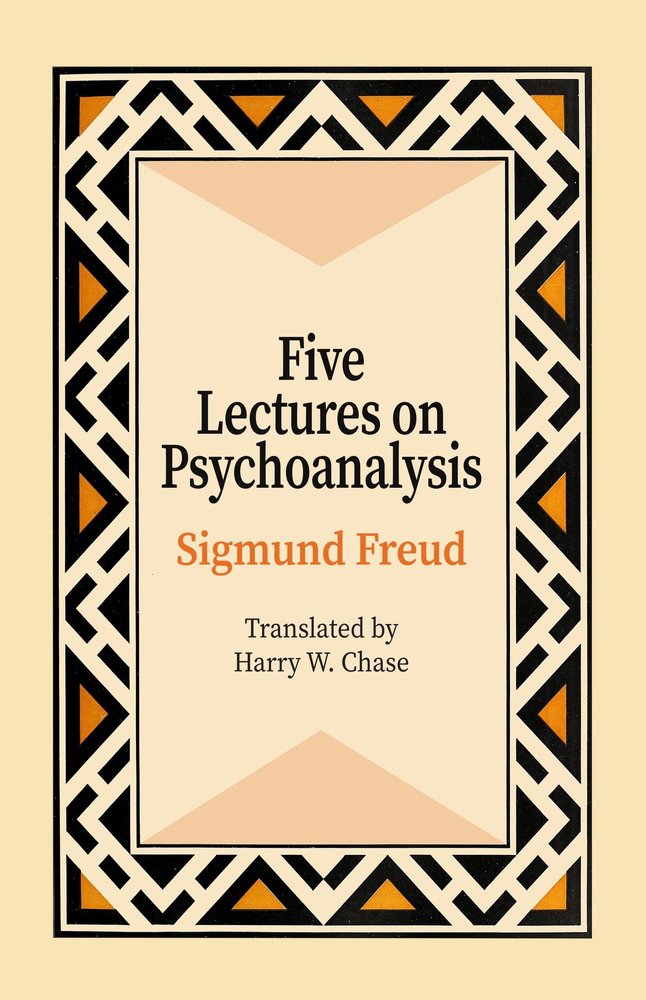In fall 1909, Dr. Sigmund Freud gave a series of five lectures at the 20th anniversary celebration of the opening of Clark University in Worcester, Massachusetts. Joined by other speakers, including Carl Jung, this lecture series helped to disseminate the ideas of psychoanalysis on an international stage.
Dr. Freud (b. 1856, d. 1939) was the founder of psychoanalysis, the clinical procedure of evaluating and treating mental disorders through revealing unconscious desires and repressed memories. While his work is not as popular today as it once was, it was revolutionary in its approach and has permeated nearly all of Western culture.
Dr. Freud was a prolific writer and lecturer. In 1909, he made his only visit to the United States, where he presented this series of five lectures. Dr. Freud originally presented them in German, without notes. Freud later wrote them down, and translations were first published in The American Journal of Psychology in April 1910. The five lectures describe the origins and development of his theory of psychoanalysis, as far as it had reached in September 1909.
In the first lecture, Dr. Freud explains how his colleague, Dr. Breuer, developed the foundations of psychoanalysis when Freud himself was a student. Dr. Breuer had a patient who was suffering from a long list of ailments, including paralysis on her right side, impaired vision, nausea, and the inability to speak. Attributing these symptoms to that vague malady "hysteria," Dr. Breuer attempted a "talking cure" with the patient and worked to discover her "psychic trauma" through hypnosis. The patient improved, and Drs. Breuer and Freud determined that unprocessed memories of traumatic experiences were causing her illness.
In the second lecture, Dr. Freud shares the next evolution of psychoanalysis, in which he abandoned hypnotism. As he learned that not all patients could be hypnotized, he instead worked with them in their normal state. Through conversation and suggestion, Dr. Freud drew out the repressed memories that the patient couldn't normally recall, resolving the conflict between the patient's conscious and unconscious.
In the third lecture, Dr. Freud moves on to the interpretation of dreams. He believed that dreams could reveal repressed wishes, if the true meaning could be ascertained. Through techniques like free association, Dr. Freud believed he and the patient could unlock the symbolism of dreams to reveal repressed desires.
Freud's fourth lecture explores a topic that he knew to be controversial-how often he found that symptoms of disease root back to "impressions from the sexual life...and necessitate the assumption that to disturbances of the erotic sphere must be ascribed the greatest significance among the etiological factors of the disease." He acknowledged that this was not a popular view among his peers. But he found that when patients realized they could "disregard conventional restraints" in a doctor/patient relationship, they revealed truths that very often pointed to sexual causes.
Finally, Dr. Freud discusses "transference," that phenomenon by which a neurotic "applies to the person of the physician a great amount of tender emotion." This process is crucial, he believed, in helping the patient to gain insight into their relationship patterns. It was his belief that bringing repressed desires into consciousness would help people to master them or sublimate them, for the good of both individuals and society.
While Dr. Freud's trip to America was not perfect-he found Americans far too informal-he was delighted to find that the faculty at Clark University was familiar with his work. As Freud said himself in his autobiography, the trip was "the realization of some incredible daydream: psychoanalysis was no longer a product of delusion, it had become a valuable part of reality."


